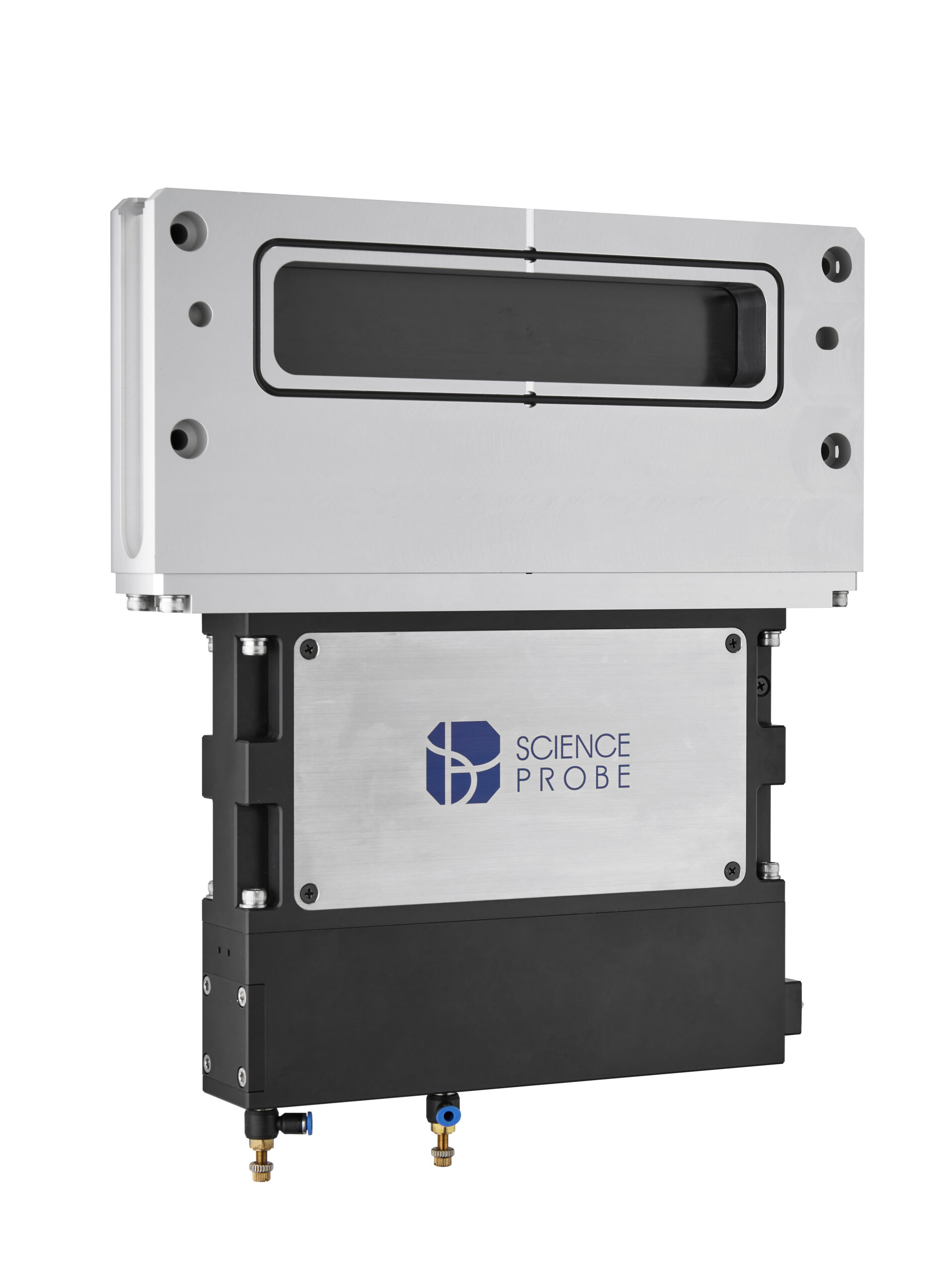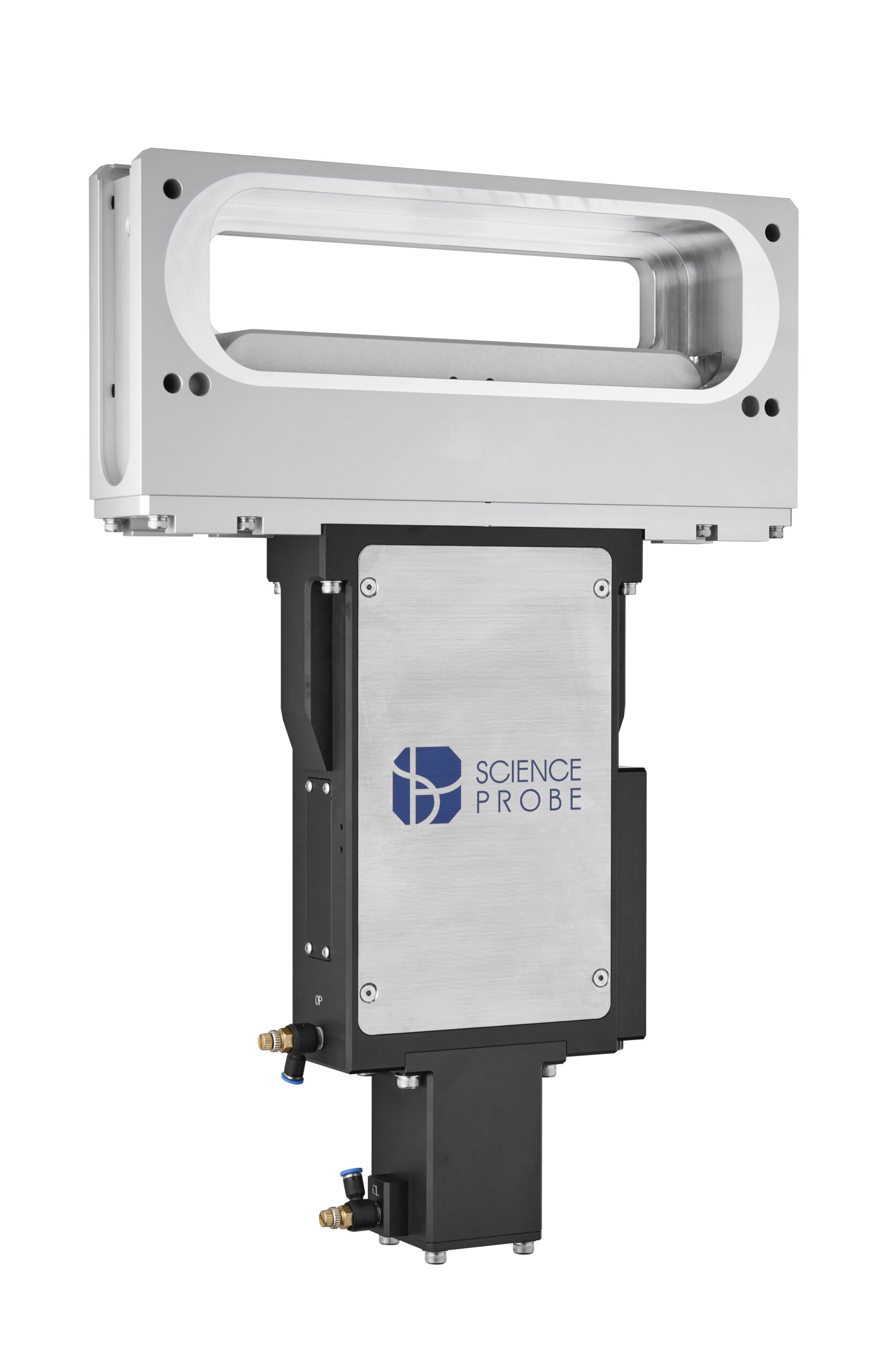HV Gate Valve
Gate valves are used for high vacuum or ultra high vacuum system equipment if vacuum needs to be maintained in the vacuum system.
Control gas flow in the vacuum chamber, isolation, ventilation, or conductance.
It is not constrained by the installation direction, and there is little change in direction and cross section when gas passes through the valve, resulting in low pressure loss.
It is possible to respond to various standards, pressures, and temperatures to meet customer needs.
Find out more about HV GATE VALVE

Butterfly Control Valve
A quick open valve consisting of a circular disk with a pivot shaft perpendicular to the flow direction of the vacuum pipe, which is completely sealed to the seat of the valve body when the shaft rotates 90 degrees.
Small and light (60-70% of gate valves) for easy installation and handling, and suitable for small spaces.
By applying a micro step motor, the vacuum pressure is controlled through very fast and precise position control.
Find out more about Butterfly Control Valve

Transfer Valve
As a valve located between a transfer chamber or a process chamber in the manufacturing process, high performance and durability are required due to the characteristics of the application location.
3 million usage hours, I-motion/L-motion structure.
In the case of I-motion, the gate is perfectly adhered with equal force through the simple structure of single link and welded bellows. Quick opening and closing is possible, and precise movement is realized through the LM-guide for opening and closing and high durability is secured.
In the case of L-motion, the wedge cam movement is implemented inside the frame machined from the whole block, and the gate is perfectly adhered with equal force.
Quick opening and closing is possible, and the opening and closing is implemented with precision movement through the LM-guide, and high durability is secured.
Maintenance of Gate O-ring is easy and Reed sensor or Limit switch option is provided to check open/closed status.
Find out more about I-MOTION
Find out more about L-MOTION


